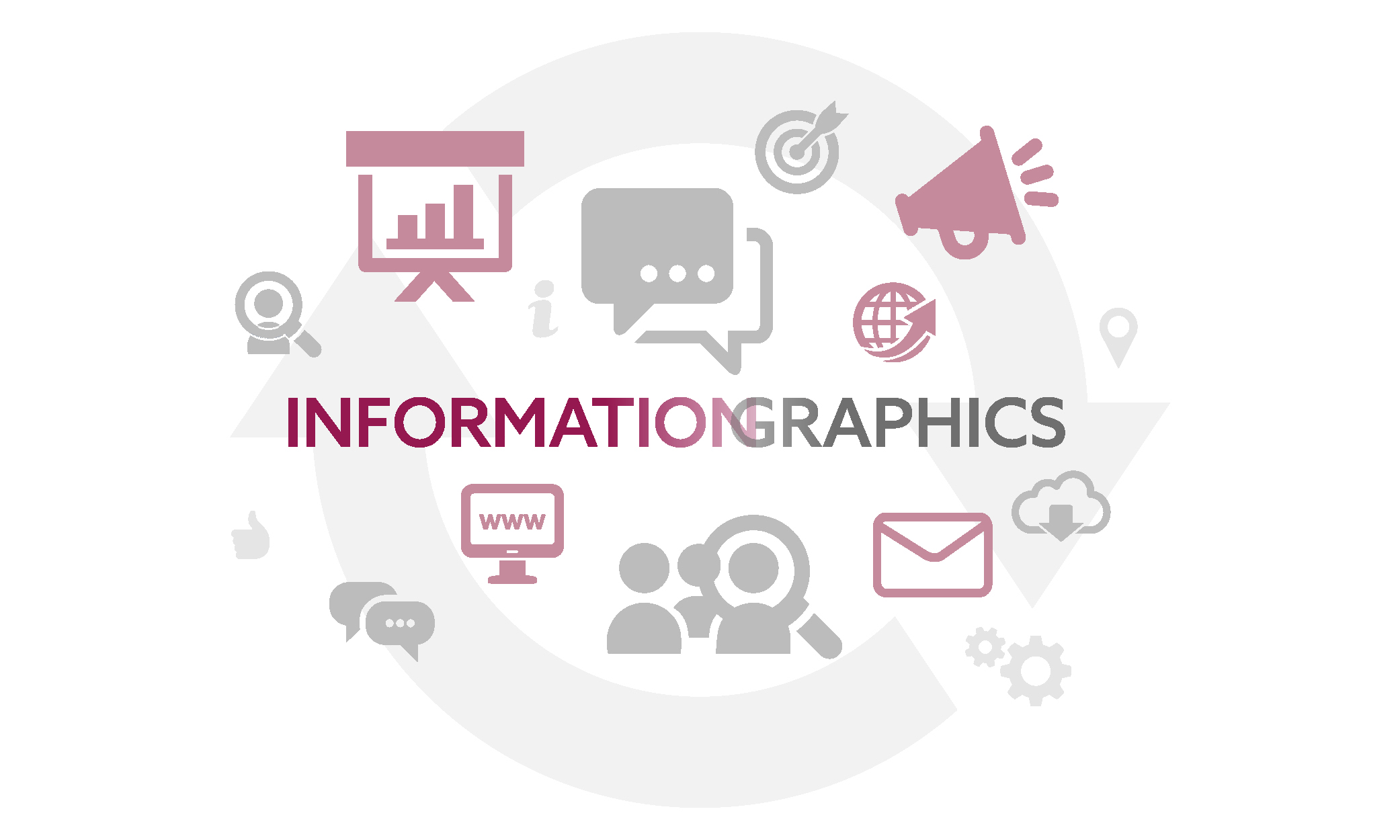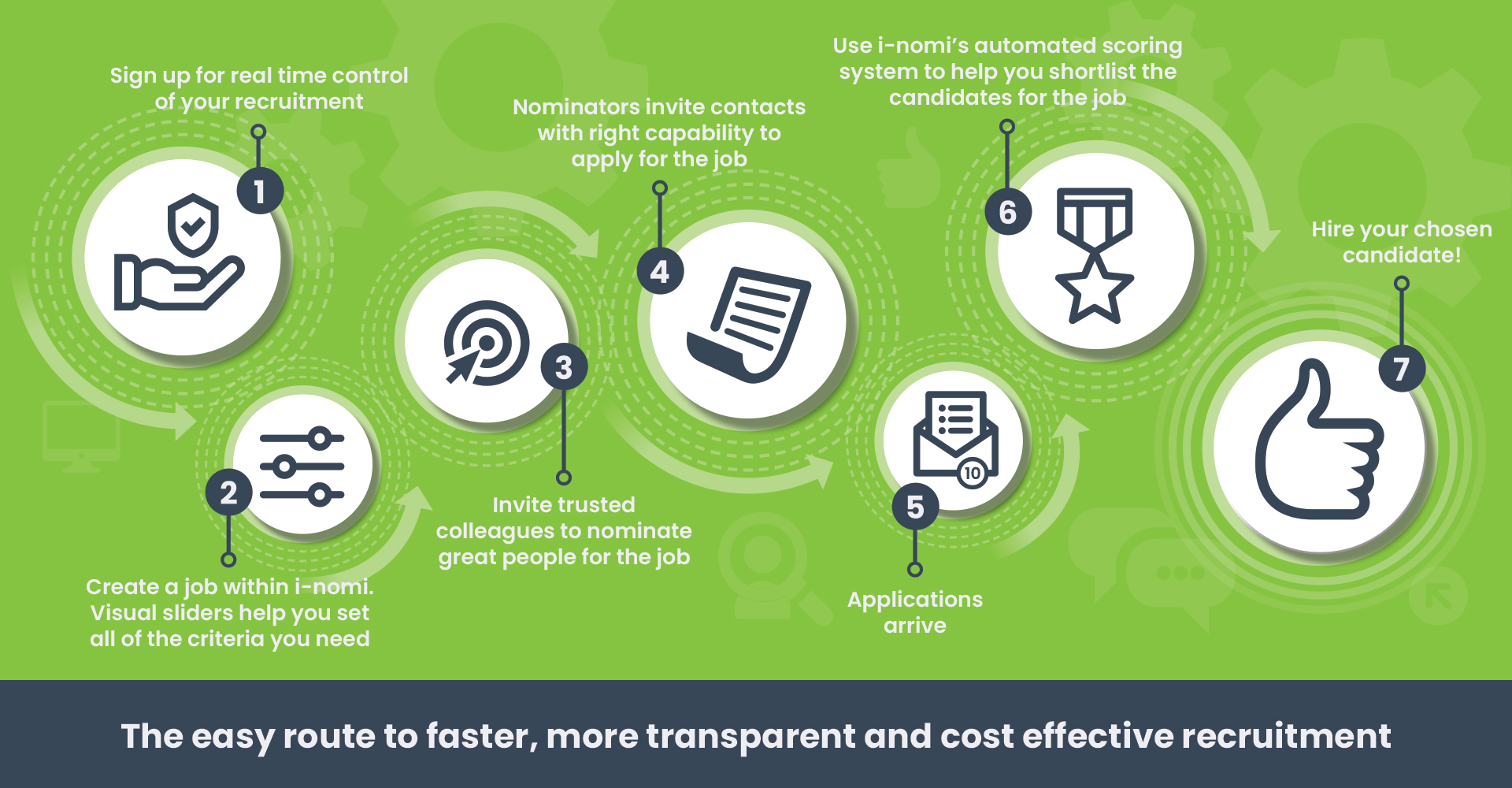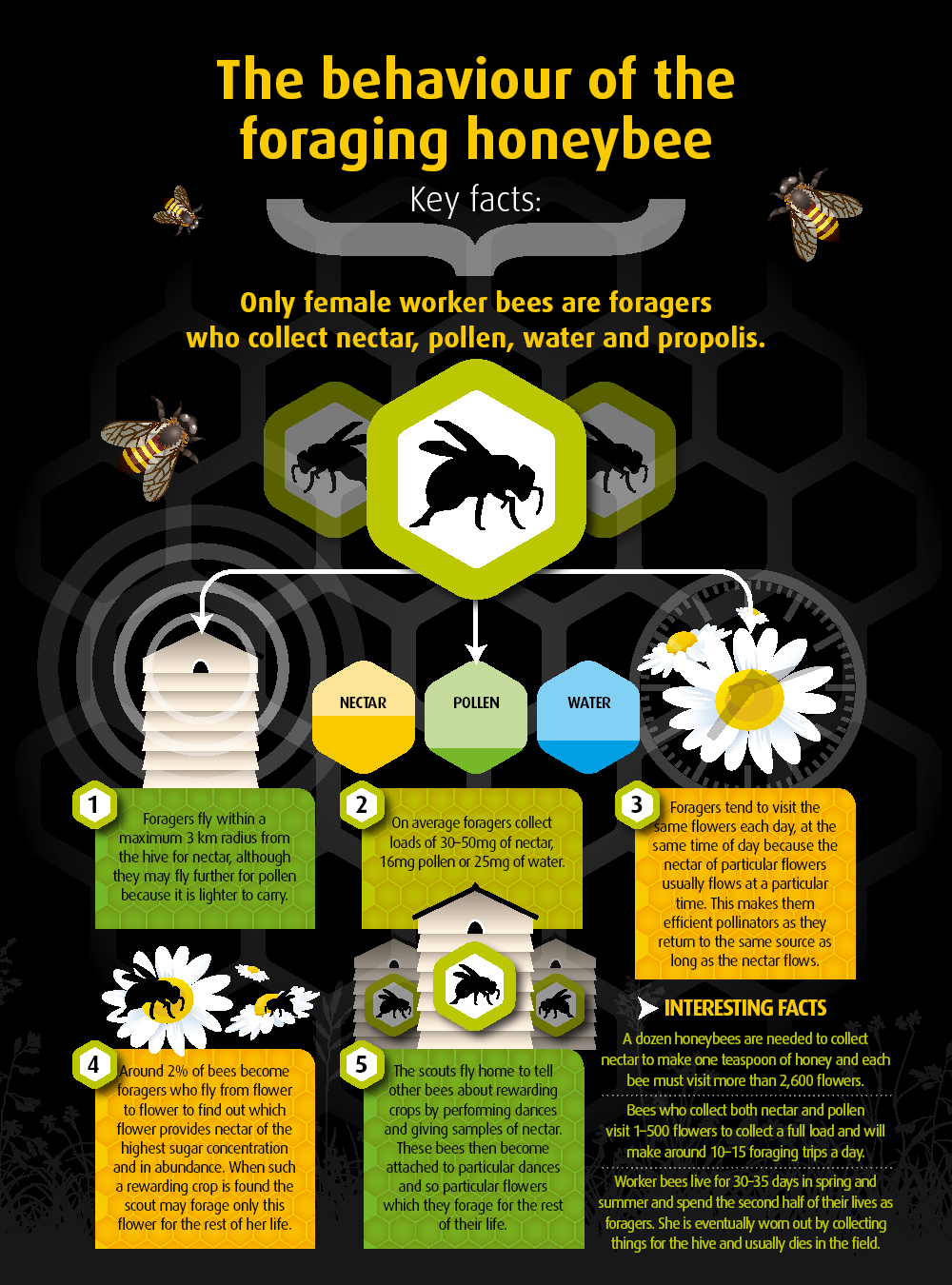
Why infographics are an excellent tool for visual communication
Before we dive straight into why an infographic is a valuable tool for presenting information to your audiences, it is important to understand what an infographic is.
The word itself is a portmanteau of the words ‘information’ and ‘graphic’. The Oxford English Dictionary, widely regarded as the world’s most authoritative sources on current English, includes ‘infographic’ and defines it as “a visual representation of information or data, e.g. as a chart or diagram.”
This definition however misses out a key point – that the collection of imagery, charts and minimal text should give an easy-to-understand overview of a topic. It should use striking, engaging visuals to grab our attention and communicate information quickly and clearly. A good infographic is worth a thousand words.
So why might you want to use infographics?
When creating an infographic it’s crucial to remember that it’s more than just about making it look pretty! In addition to exciting the reader the infographic must also help them to firstly understand the content, but more importantly remember it once it’s understood.
Infographics are a great tool for when you need to make complex information easy to digest. They can be helpful anytime you need to:
- Provide a quick overview of a topic.
- Explain a complex process (see the example below).
- Display research findings or survey data.
- Summarise a long article or report.
- Compare and contrast multiple options.
- Raise awareness about an issue or cause.
 Infographics – what are the benefits?
Infographics – what are the benefits?
There are so many benefits to using infographics that if we tried to list them all we’d need to create an infographic! The main advantages though are:
- More attractive. These days nobody sits and reads huge amounts of text, especially online. Infographics are more eye-catching than texts as they will combine pictures, illustrations, colours and content that naturally draw the eye.
- More attention-drawing. Since most people have increasingly shorter attention spans they tend to scan-read content as opposed to actually reading text. Using infographics helps the reader pay attention to contents for longer.
- Extremely shareable. Due to points 1 and 2 above, infographics tend to be shareable. Whether it’s published on a blog or website or something you are sharing on a social media post, an infographic is easily shared and has a better chance of becoming viral compared to text.
- Enhance SEO. A well designed and aesthetically pleasing infographic helps to strengthen SEO. Infographics drive people to your website as not only will they be clicked on whilst being read but they are also more likely to be shared.
- Decrease space but increase promotion. A picture is worth a thousand words. By using infographics you can save a lot of space which when it comes to the production of materials means you’ll also save costs. Space might have decreased but the impact of your message will certainly have increased.
- Increase fun and engagement. Finally, infographics are a fun and engaging medium that can generate a unique connection with visitors. This connection can be anything from empathy towards your brand through to a direct action such as a call, a click or even a purchase.
Could your business or organisation start benefitting from infographics?
So now you’ve read how using infographics is a great way to give someone a really quick rundown on something that can be hard to explain in words alone, can you identify any opportunities for their use with your business or organisation?
The team at Mondo can help with every aspect of infographic production. We can get involved at the strategy level, identifying and understanding the information that you wish to communicate, and then we can write and design an attention grabbing and easy to understand infographic to communicate that information to your audiences.
To find out more contact us today.

